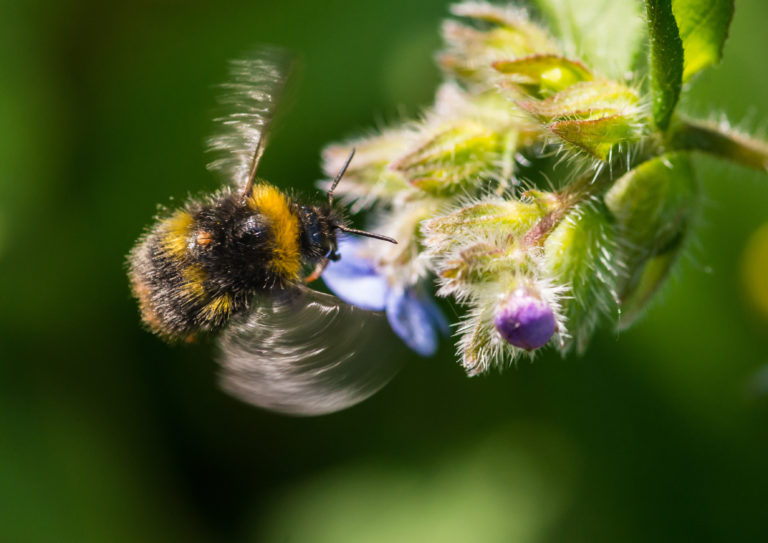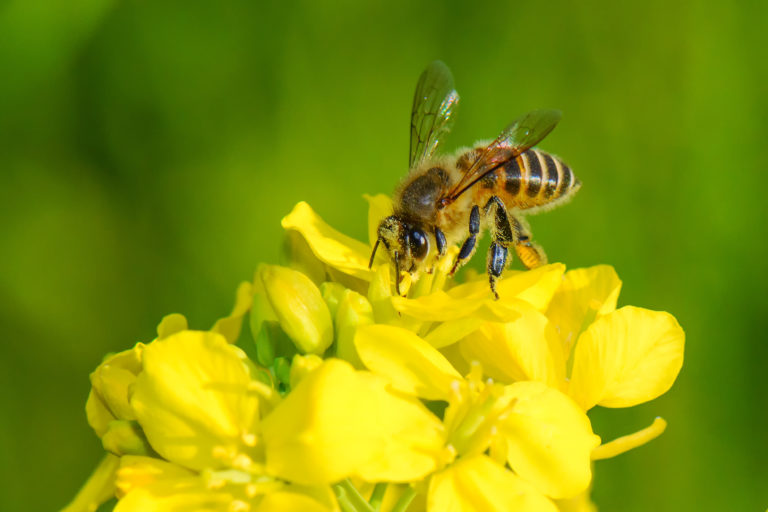Home / Nature & Environment / Agriculture / Grand Challenges: Food for Thought / Pollination Biology

Reach your personal and professional goals
Unlock access to hundreds of expert online courses and degrees from top universities and educators to gain accredited qualifications and professional CV-building certificates.
Join over 18 million learners to launch, switch or build upon your career, all at your own pace, across a wide range of topic areas.

 Figure 2.6.1. A bumblebee (Bombus terrestris L.) pollinating a borage flower (Borago officinalis L.) Photo by bigemrg
Figure 2.6.1. A bumblebee (Bombus terrestris L.) pollinating a borage flower (Borago officinalis L.) Photo by bigemrg A honeybee (Apis mellifera L.) pollinating an oilseed rape flower (Brassica napus).
A honeybee (Apis mellifera L.) pollinating an oilseed rape flower (Brassica napus).



